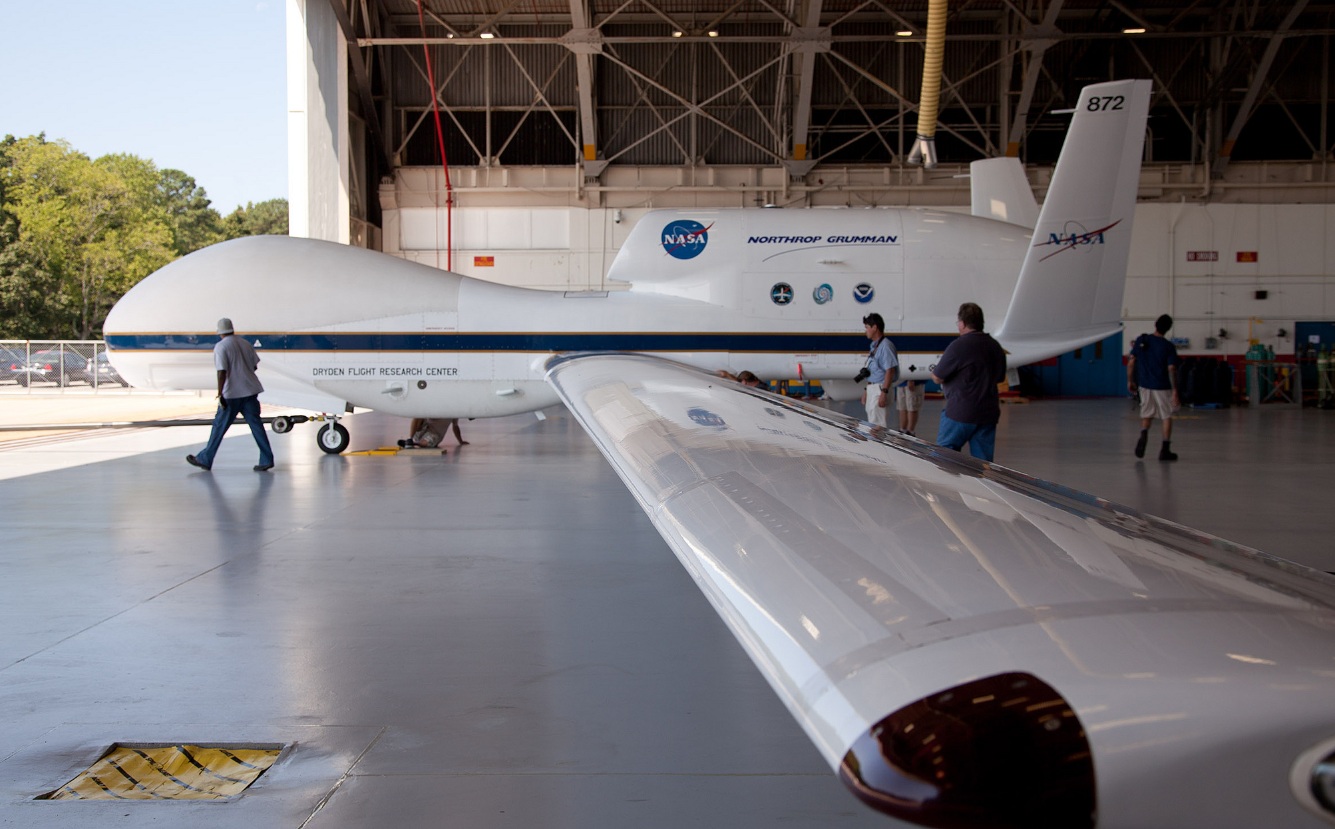There is no one standard when it comes to the classification of UAS. (In this course, the terms UAS and UAV will be used interchangeably.) Defense agencies have their own standard, and civilians have their ever-evolving loose categories for UAS. People classify them by size, range and endurance, and use a tier system that is employed by the military. The US National Aviation Intelligence Integration Office website provides good overview for the global UAS classification categories. For classification according to size, one can come up with the following sub-classes:
- Very small UAVs
- Micro or Nano UAVs
- Small UAVs
- Mini UAVs
- Medium UAVs
- Large UAVs
UAVs can also be classified according to the ranges they can travel and their endurance in the air, using the following subclasses developed by the US military:
- Very low cost close-range UAVs
- Close-range UAVs
- Short-range UAVs
- Mid-range UAVs
- Endurance UAVs
According to the U.S. Department of Defense, UAVs are classified into five categories, as shown in Table 1:
| Category | Size | Maximum Gross Takeoff Weight (MGTW) (lbs) | Normal Operating Altitude (ft) | Airspeed (knots) |
|---|---|---|---|---|
| Group 1 | Small | 0-20 | <1,200 AGL* | <100 |
| Group 2 | Medium | 21-55 | <3,500 | <250 |
| Group 3 | Large | <1320 | <18,000 MSL** | <250 |
| Group 4 | Larger | >1320 | <18,000 MSL | Any airspeed |
| Group 5 | Largest | >1320 | >18,000 | Any airspeed |
|
*AGL = Above Ground Level |
||||
Classification According to Size
Very small UAVs
The very small UAV class applies to UAVs with dimensions ranging from the size of a large insect to 30-50 cm long. The insect-like UAVs, with flapping or rotary wings, are a popular micro design. They are extremely small in size, are very lightweight, and can be used for spying and biological warfare. Larger ones utilize conventional aircraft configuration. The choice between flapping or rotary wings is a matter of desired maneuverability. Flapping wing-based designs allow perching and landing on small surfaces. Examples of very small UAVs are the Israeli IAI Malat Mosquito (with wing span of 35 cm and endurance of 40 minutes), the US Aurora Flight Sciences Skate (with wing span of 60 cm and length of 33 cm), the Australian Cyber Technology CyberQuad Mini (with 42x42 cm square), and their latest model, CyberQuad Maxi. See Figure 1.1, below.
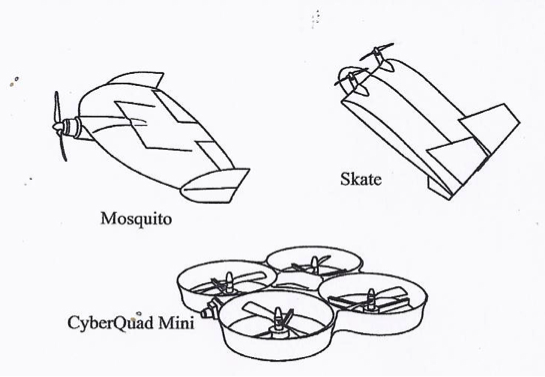
Small UAVs
The Small UAV class (which also called sometimes mini-UAV) applies to UAVs that have at least one dimension greater than 50 cm and no larger than 2 meters. Many of the designs in this category are based on the fixed-wing model, and most are hand-launched by throwing them in the air as shown in Figure 1.2. Examples of members of this small UAV class are:
- the 1-meter long RQ-11 Raven, by US Aero Vironment with a wingspan of 1.4 m;
- the Turkish Bayraktar (Figure 1.5), which weighs about 5 kg and has a data link range of 20 km;
- the US Army RQ-7 Shadow (Figure 1.3);
The The AiRanger™, by American Aerospace and shown in Figure 1.4. The The AiRanger™ is a crossover UAV between a small and a medium-sized system
Some of the UASs of this class are based on a rotary-wing design.
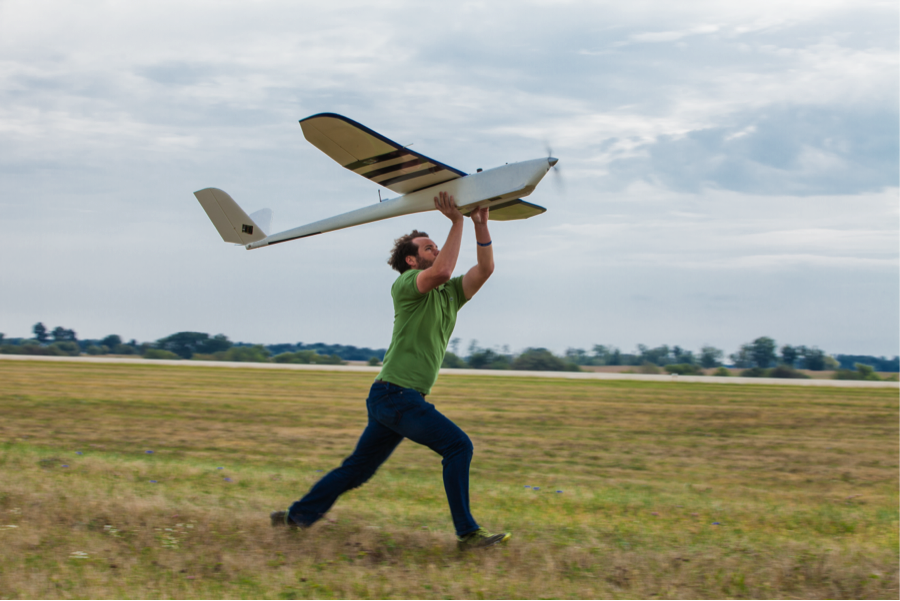
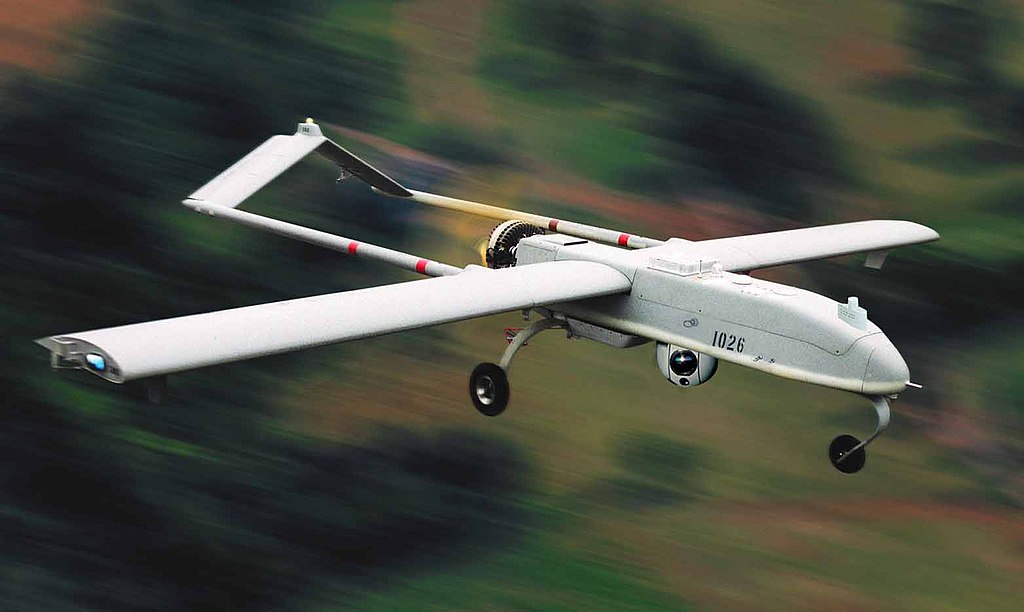
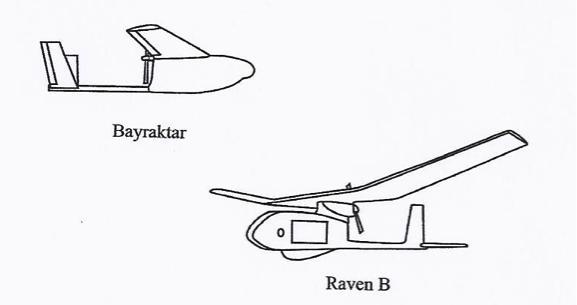
Medium UAVs
The medium UAV class applies to UAVs that are too heavy to be carried by one person but are still smaller than a light aircraft. They usually have a wingspan of about 5-10 m and can carry payloads of 100 to 200 kg. Examples of medium fixed-wing UAVs are (see Figure 1.6, below) the Israeli-US Hunter and the UK Watchkeeper. There are other brands used in the past, such as the US Boeing Eagle Eye, the RQ-2 Pioneer, the BAE systems Skyeye R4E, and the RQ-5A Hunter. The Hunter has a wingspan of 10.2 m and is 6.9 m long. It weighs about 885 kg at takeoff. The RS-20 by American Aerospace is another example of a crossover UAV that spans the specifications of a small and medium sized UAV. Many other medium UAVs can be found in the reading assignment. There are also numbers of rotary-based medium sized UAVs.
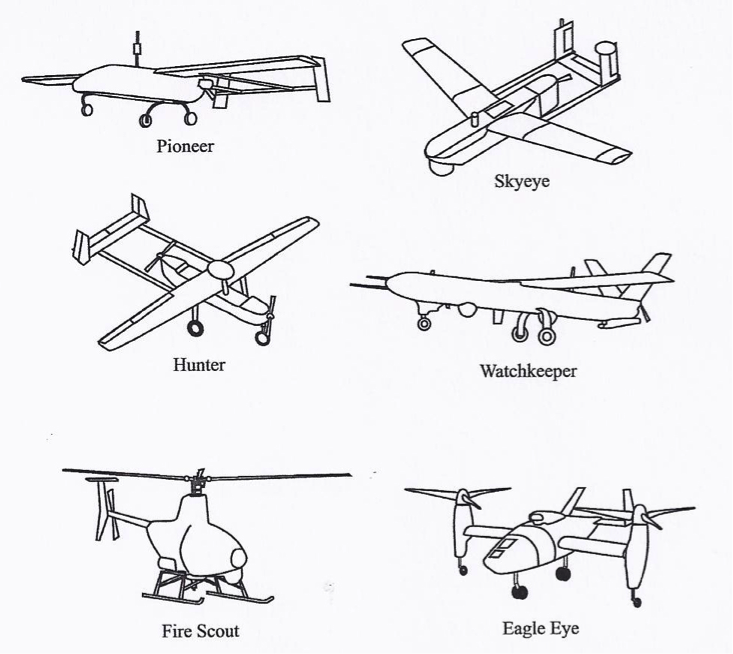
Large UAVs
The large UAV class applies to the large UAVs used mainly for combat operations by the military. Examples of these large UAVs are the US General Atomics Predator A and B and the US Northrop Grumman Global Hawk (Figures 1.7 and 1.8).
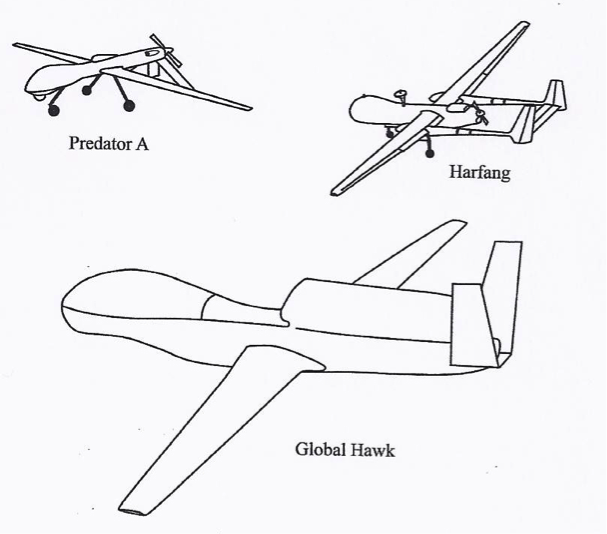
Classification According to Range and Endurance
Very low-cost, close range UAVs
This class includes UAVs that have a range of 5 km, endurance time of 20 to 45 minutes, and cost of about $10,000 (2012 estimate). Examples of UAVs in this class are the Raven and Dragon Eye. UAVs in this class are very close to model airplanes.
Close range UAVs
This class includes UAVs that have a range of 50 km and endurance time of 1 to 6 hours. They are usually used for reconnaissance and surveillance tasks.
Short range UAVs
This class includes UAVs that have a range of 150 km or longer and endurance times of 8 to 12 hours. Like the close range UAV, they are mainly utilized for reconnaissance and surveillance purposes.
Mid-range UAVs
The mid-range class includes UAVs that have super high speed and a working radius of 650 km. They are also used for reconnaissance and surveillance purposes, in addition to gathering meteorological data.
Endurance UAVs
The endurance class includes UAVs that have an endurance of 36 hours and a working radius of 300 km. This class of UAVs can operate at altitudes of 30,000 feet. They are also used for reconnaissance and surveillance purposes.
To Read
- Chapter 2, of textbook 2, Introduction to UAV Systems (Aerospace Series)
- Crouch, C. Integration of Mini-UAVs at the Tactical Operations Level: Implications of Operations, Implementation, and Information Sharing
To Do
- Read the paper “Remote Sensing” by Watts, et al. Highlight agreements and differences in the UAS classifications system between the one adopted in the paper and the one given in this lesson. Post your opinion in the discussion forum for Lesson 1. Respond to at least one posting from your peers. (3 points)

